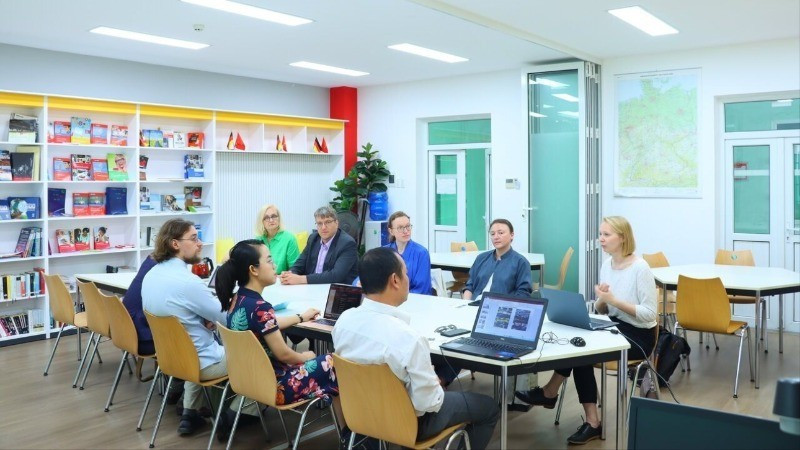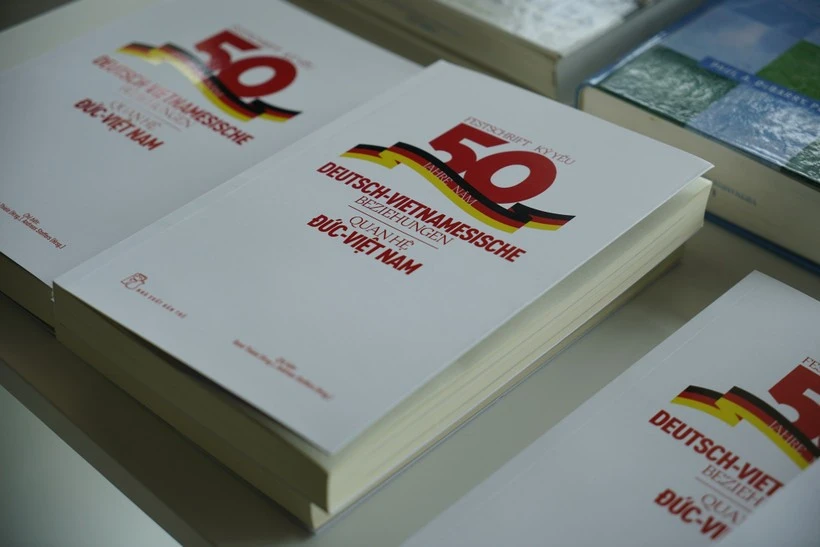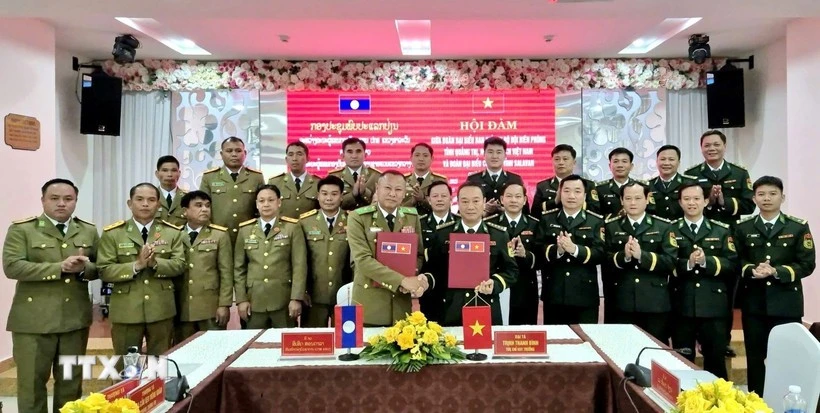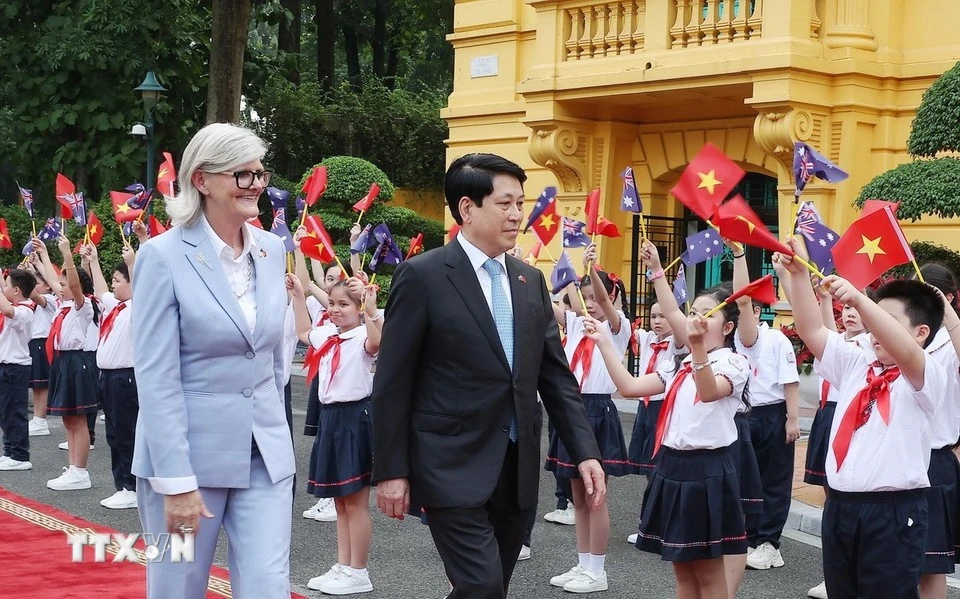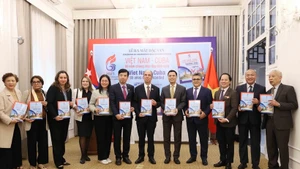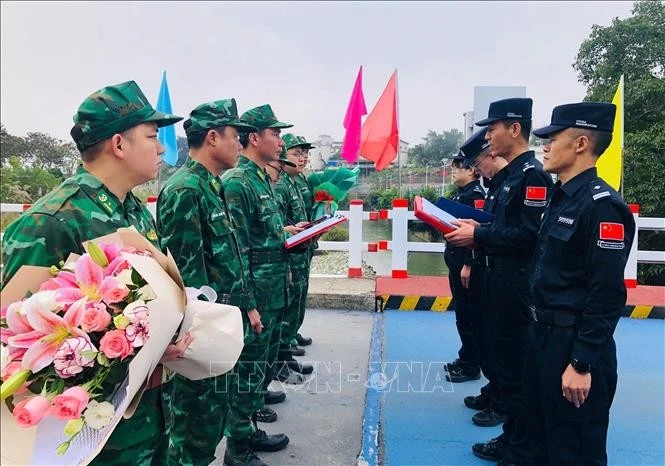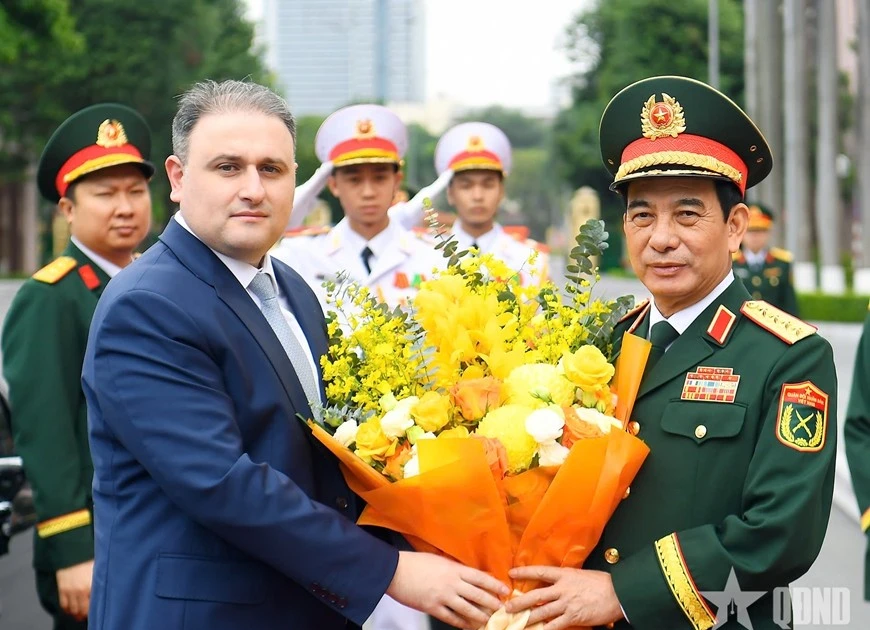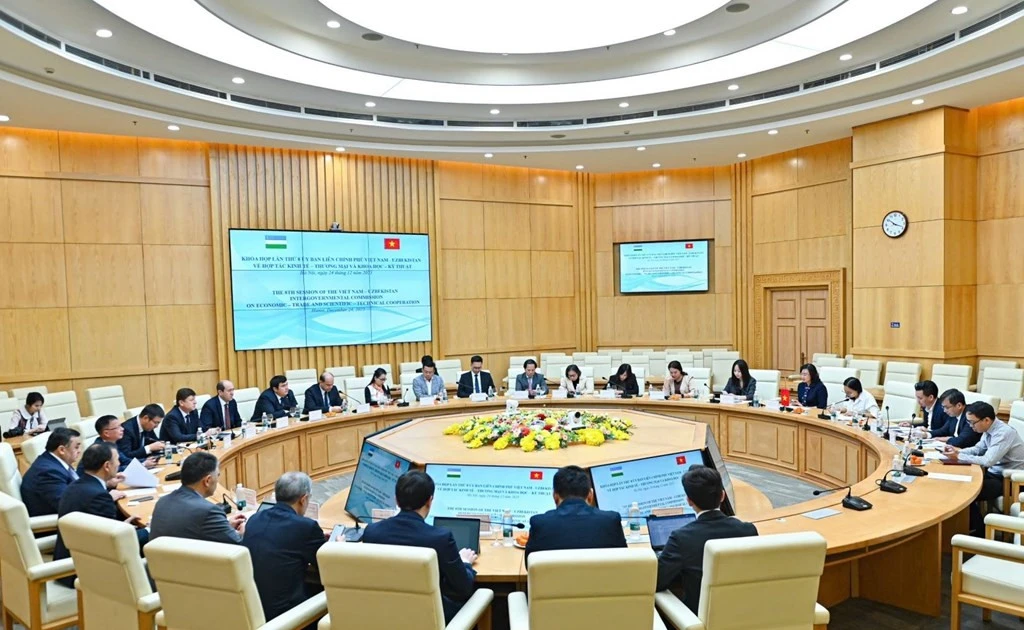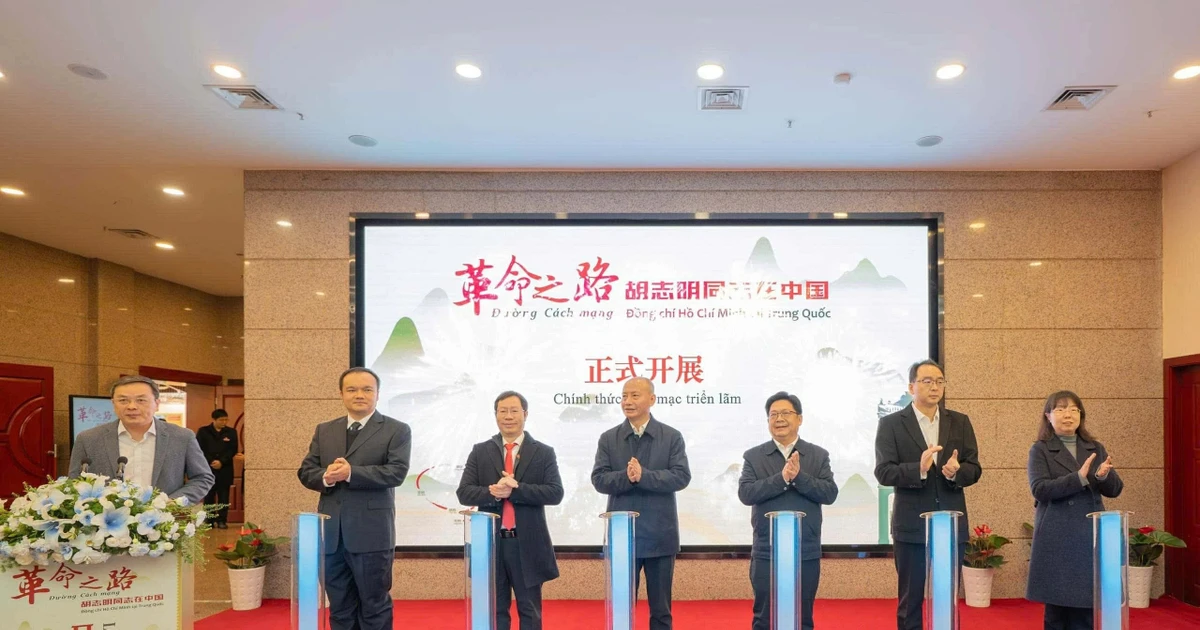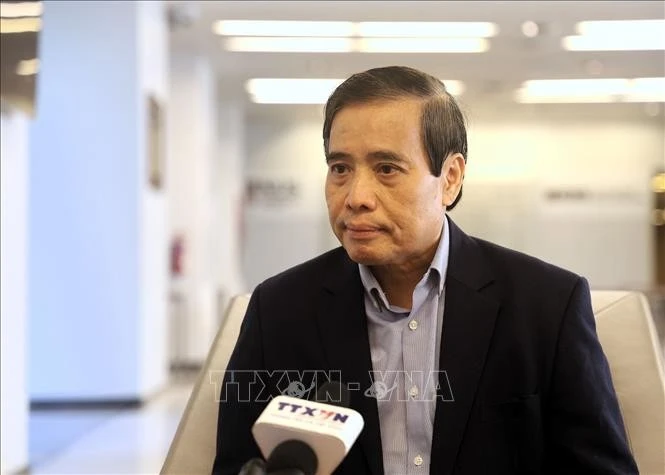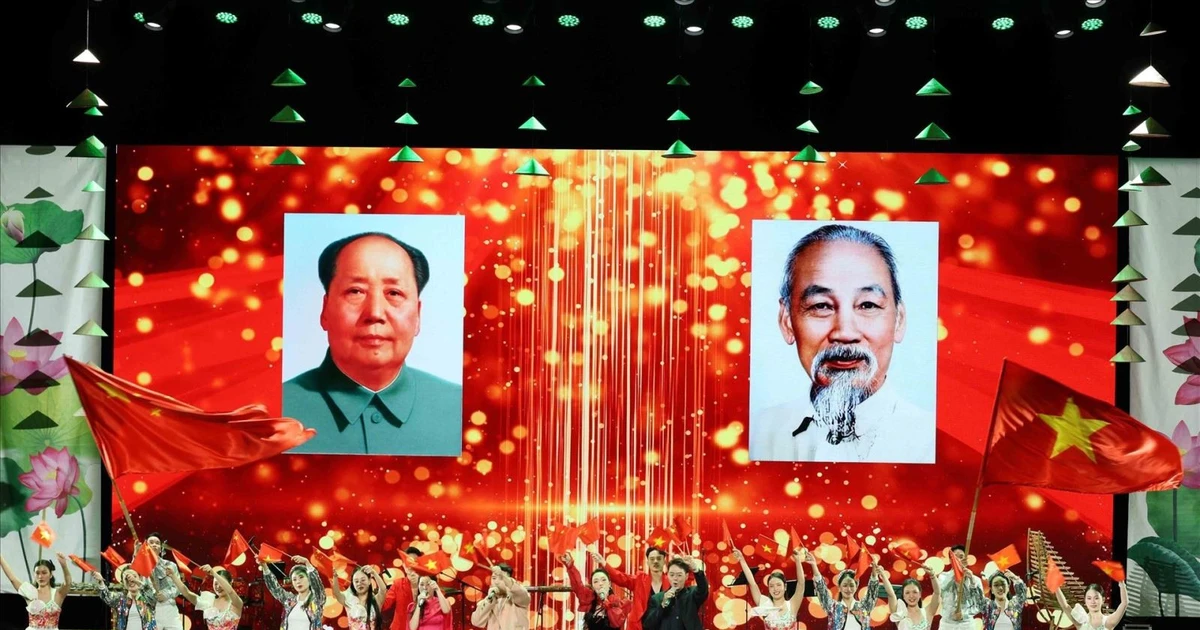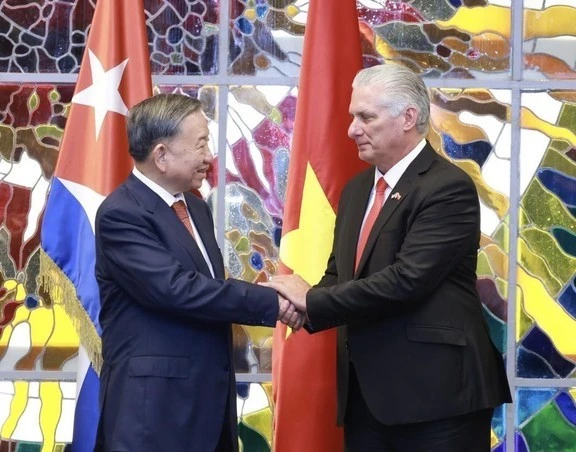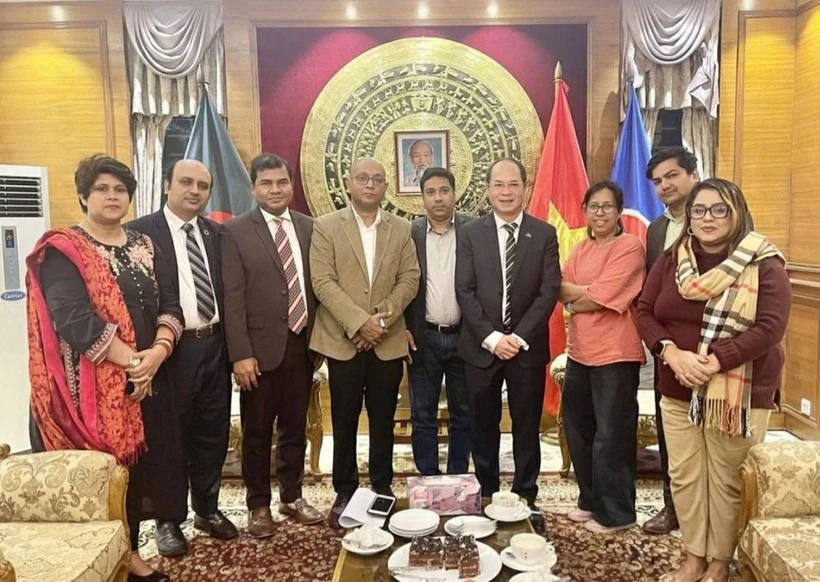Often described as a gem of the Baltic region, Estonia is renowned for its picturesque natural landscapes. This has enabled the Northern European country to attract around 3 to 4 million international visitors annually—an impressive figure given its population of just over 1 million.
In addition to sustainable tourism development in combination with culture, nature and technology to create unique experiences for visitors, Estonia also focuses on advancing sectors such as financial services, insurance, education and healthcare, contributing to continued economic growth and improving quality of life for its citizens.
Estonia’s history of formation and development has seen many important milestones. Since declaring the restoration of independence in 1991, the country has pursued a foreign policy centred on Western integration, safeguarding sovereignty and promoting democratic values as its foundations.
Though a small Baltic nation, Estonia plays an active and proactive role on the international stage. Alongside its ties with the West, Estonia has actively sought to expand cooperation with countries in the Asia-Pacific region, including Viet Nam.
Since diplomatic ties were established in 1992, the Viet Nam–Estonia relationship has been continuously nurtured and developed. Leaders from both sides have held meetings on the sidelines of various international conferences.
The two countries support each other at multilateral forums, including the United Nations. Estonia not only actively supported Viet Nam in signing the EU–Viet Nam Free Trade Agreement (EVFTA), but was also among the first EU countries to ratify the EU–Viet Nam Investment Protection Agreement (EVIPA).
During the Soviet era, Estonia assisted Viet Nam in training many students and researchers. In 2017, the two sides signed an agreement on cooperation in education and science.
In recent years, bilateral trade has been on the rise, though it remains modest. In 2024, two-way trade turnover reached over 70 million USD. Viet Nam mainly exports seafood, fruits and vegetables, cashew nuts, coffee, plastic products, wooden items and textiles to Estonia, while importing dairy products, chemicals, rubber, timber and wooden products.
With Viet Nam’s foreign policy of diversification and multilateralisation, and Estonia’s proactive outreach to Asia-Pacific countries, both sides have affirmed that there remains significant untapped potential in bilateral cooperation.
During a recent visit to Estonia, Deputy Minister of Foreign Affairs Le Thi Thu Hang held meetings with leaders of the Estonian Ministry of Foreign Affairs and other relevant agencies. At the meetings, she affirmed that Viet Nam values its friendship and multifaceted cooperation with Estonia, commended Estonia’s dynamic development and notable achievements, particularly in digital transformation, and expressed a desire to learn from Estonia’s experience in building e-government, digital society, and smart governance.
In response to Viet Nam’s proposals, Estonia reaffirmed that Viet Nam is one of its key partners in the Asia-Pacific region, and expressed a desire to expand relations with Southeast Asian nations and increase its presence in the ASEAN region—regarded as dynamic, full of development potential, and strategically significant within both regional and global structures.
Estonia affirmed its willingness to closely coordinate with Viet Nam, a respected ASEAN member, to broaden cooperation with the region. Relations between Viet Nam and Estonia are developing positively.
The two countries agreed on high-level visits and delegation exchanges in the near future, viewing them as key political drivers to promote more substantive and effective Viet Nam–Estonia cooperation.
